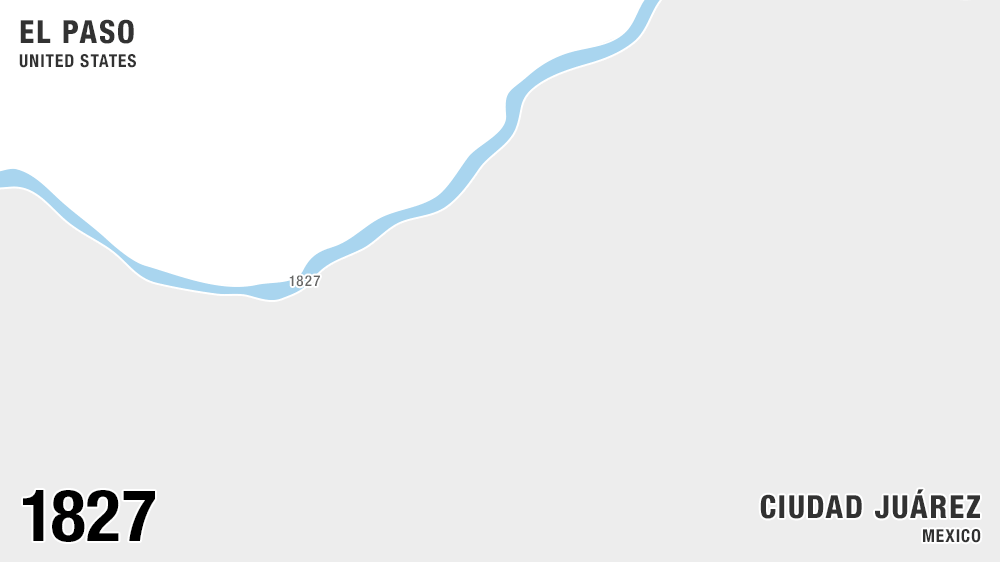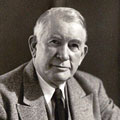Ever since Texas became a state, the Rio Grande has been the border between the U.S. and Mexico. But rivers can move — and that’s exactly what happened in 1864, when torrential rains caused it to jump its banks and go south. Suddenly the border was in a different place, and Texas had gained 700 acres of land called the Chamizal, named after a plant that grew in the area.
The Chamizal was a thorn in the side of U.S.—Mexico relations for a century until Sept. 25, 1964, when the U.S. finally gave part of the land back to Mexico. But by that time, roughly 5,000 people had moved to the area and made it their home. This is their story.
An animation showing how the Rio Grande moved south over the course of a century.

Thanks this week to historian Paul Kramer, who led us to this story and wrote a lovely essay about The Chamizal in the New Yorker. More of Paul’s work can be found at www.paulkrameronline.com. Special thanks to The University of Texas at El Paso Institute of Oral History, The LBJ Presidential Archive, the Vanderbilt Archive and Maria Eugenia Trillo. This story received funding from the National Endowment for the Humanities and listeners like you.








